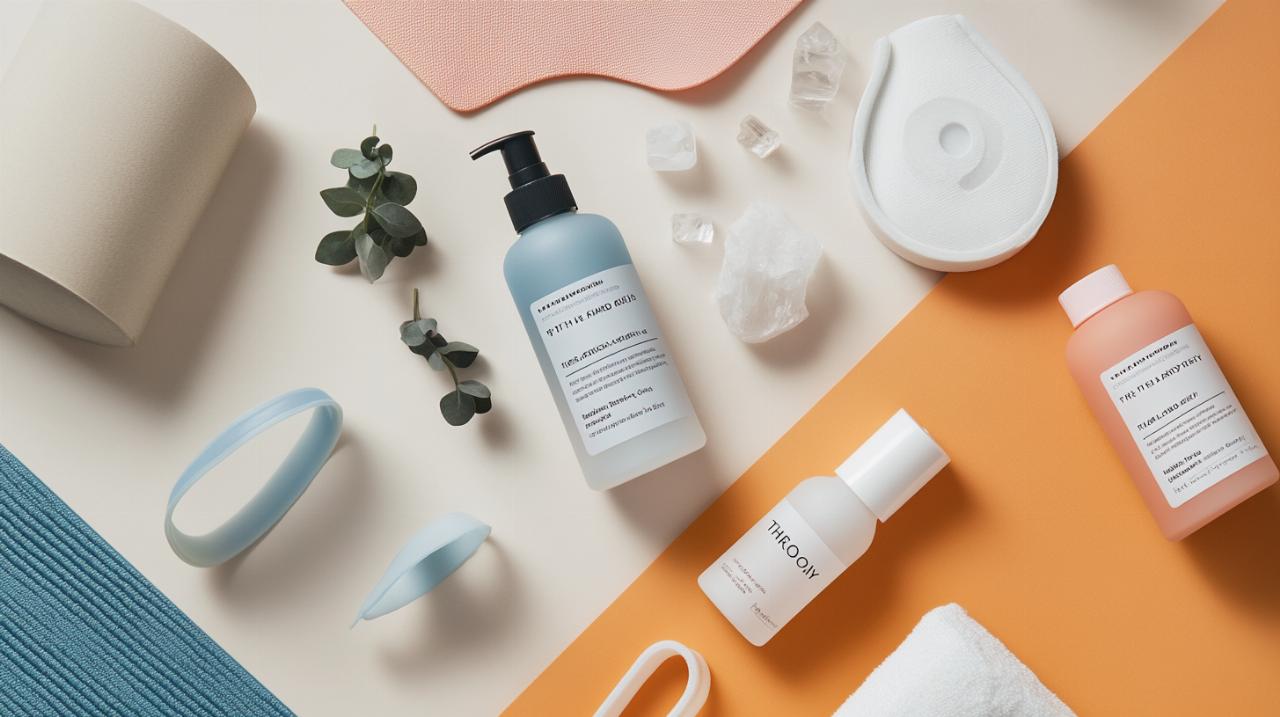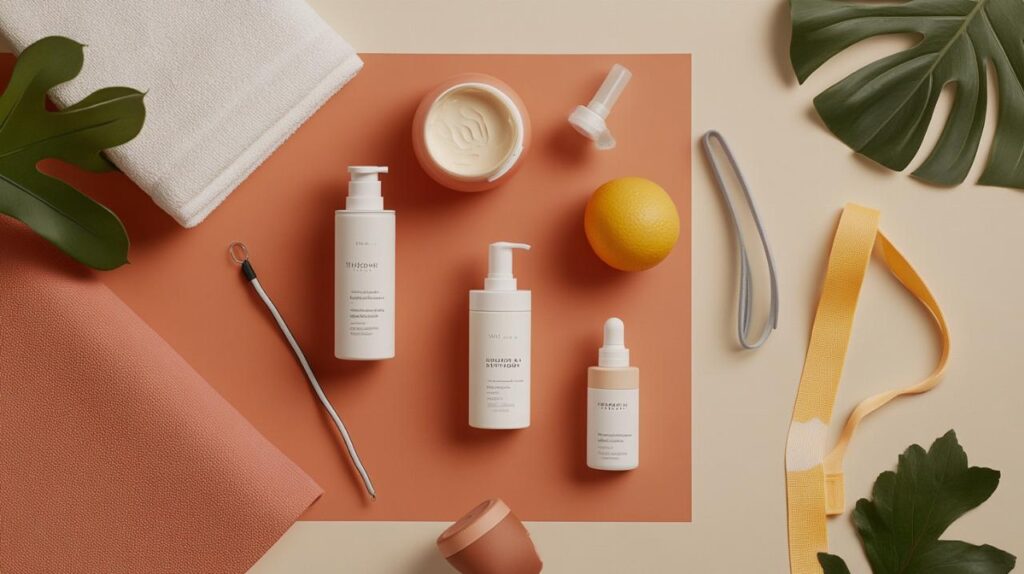Choosing between skincare brands can feel overwhelming, especially when two distinct philosophies promise transformative results. Many enthusiasts find themselves weighing options, scrutinising ingredients, and wondering which approach truly delivers. Understanding how products perform beyond marketing claims requires genuine insight into formulation strategies, user experiences, and the practical realities of daily application. This exploration delves into what sets these two popular brands apart and how they measure up in authentic, everyday settings.
Brand philosophy and product formulation approaches
Typology and The Ordinary represent two contrasting visions within the modern skincare landscape. Typology, a French brand established in 2019, champions a minimalist ethos rooted in natural ingredients and personalised routines. The brand positions itself as an eco-conscious choice, holding B Corp certification and appealing to those who value sustainable luxury. Its approach revolves around diagnostic questionnaires designed to match individuals with tailored formulations, creating a curated experience for users seeking guidance. Prices typically range from eight to twenty-six pounds for bottles between fifteen and thirty millilitres, reflecting a premium positioning that emphasises quality over quantity. The sleek packaging reinforces a sense of refinement, though the brand remains primarily accessible through online channels. This creates an aura of exclusivity while limiting immediate accessibility for those who prefer in-store browsing.
Typology's personalised skincare methodology
Typology's diagnostic system categorises skin into distinct profiles, with one example being the VE classification, which represents approximately six percent of users and indicates normal yet ageing skin prone to sagging and wrinkles. This tailored methodology extends to the brand's product range, which includes offerings such as the Cleansing Oil with Seven Ingredients priced at eighteen pounds ninety pence and the Face Moisturiser with Nine Ingredients at twenty-two pounds fifty pence. The brand also features periodic serums, organic rosehip oil, and LAB serums starting from eleven pounds eighty pence. These formulations emphasise vegan, cruelty-free credentials alongside recyclable packaging, appealing to environmentally aware consumers. The emphasis on natural ingredients positions Typology as a clean beauty advocate, though this philosophy comes with certain trade-offs. Some users report that the brand's minimalist approach can result in smaller bottle sizes and slower shipping times, while the strict no-returns policy may deter cautious buyers. Nevertheless, the brand's commitment to customisation and sustainability resonates strongly with those seeking an ethical, personalised skincare journey.
The Ordinary's clinical transparency and ingredient focus
Contrasting sharply with Typology's holistic branding, The Ordinary emerged from Canada in 2016 with a starkly clinical aesthetic and a mission to democratise access to concentrated active ingredients. The brand's minimalist packaging eschews embellishment in favour of straightforward labelling that prioritises transparency. With prices ranging from five to twenty-two pounds for similar bottle sizes, The Ordinary positions itself as an affordable alternative to luxury skincare, making high-quality formulations accessible to budget-conscious consumers. The range includes potent actives such as hyaluronic acid, niacinamide, retinol, vitamin C, salicylic acid, and alpha-arbutin, each presented in concentrated forms that allow users to construct bespoke routines. This ingredient-focused approach appeals to skincare enthusiasts who appreciate the ability to layer specific treatments according to their unique needs. However, the sheer breadth of the product catalogue can overwhelm newcomers, and some users report inconsistencies in formula stability, particularly with vitamin C suspensions that oxidise rapidly. Despite these challenges, The Ordinary's commitment to ingredient transparency and affordability has cemented its reputation as a functional, science-backed option for those willing to invest time in understanding active ingredients.
Real-world performance and user experience

When it comes to a real-life skincare comparison between typology and the ordinary, practical performance often diverges from theoretical promises. Users across various regions have shared detailed accounts of their experiences, revealing nuanced insights into how these brands function in everyday contexts. For instance, a woman from Valencia noticed improved skin texture after just two weeks of using The Ordinary's hyaluronic acid and vitamin B5 serum, highlighting the brand's capacity for rapid results. Similarly, users in Granada observed a reduction in pore size and mild acne control when incorporating niacinamide and zinc into their routines. On the Typology side, a user in Barcelona experienced reduced redness after four weeks of applying the calming serum with centella asiatica alongside rose water facial mist, demonstrating the brand's soothing potential for sensitive complexions. A young man from Madrid combatted hormonal acne over three months using Typology's niacinamide serum and salicylic acid treatment, suggesting that consistent use can yield meaningful improvements. These testimonials underscore the importance of patience and adherence to specific protocols, as no product delivered permanent changes in fewer than six weeks.
Texture, absorption, and daily wearability
Texture and wearability play crucial roles in determining whether a product becomes a staple or languishes unused. The Ordinary's formulations generally favour straightforward, no-frills textures, though some users have criticised the vitamin C suspension for its gritty consistency and tendency to oxidise quickly. In contrast, Typology's nine-ingredient moisturiser received mixed feedback, with some individuals noting that it might trigger acne or worsen oily skin, despite its fungal-acne-safe credentials. Both brands offer alcohol-free, fragrance-free, silicone-free, paraben-free, and sulfate-free formulations, ensuring compatibility with sensitive skin types. Key ingredients for Typology include hyaluronic acid and vitamin E, promoting hydration, barrier repair, brightening, and scar healing. The Ordinary's natural moisturising factors feature hyaluronic acid, urea, and antioxidants, addressing a broader spectrum of concerns such as reducing irritation, anti-ageing, redness reduction, acne fighting, and improving dark spots and skin texture. However, The Ordinary's products may also trigger acne, worsen rosacea, dryness, eczema, or irritation in certain users, highlighting the importance of patch testing and gradual introduction. Both brands share overlapping ingredients such as water, glycerin, cetyl alcohol, pentylene glycol, sodium hydroxide, and sodium hyaluronate, demonstrating a foundation of common hydrating and stabilising agents.
Visible results and value for money
Value for money emerges as a decisive factor when comparing these brands. The Ordinary's affordability per millilitre of active ingredient gives it a competitive edge, particularly for those constructing multi-step routines. A woman from Zaragoza noted that assembling a complete regimen with five individual The Ordinary products cost roughly the same as purchasing three integrated formulas from Typology, illustrating how strategic shopping can balance quality and budget. However, Typology's higher price point reflects its emphasis on natural ingredients, customisation, and eco-conscious practices, which resonate with consumers prioritising ethical considerations over cost. Success with both brands hinges on consistent use over at least three months, with visible results often requiring diligent tracking through progress photos and routine adjustments based on observed responses. Beginners may benefit from Typology's guided systems, which simplify decision-making, while seasoned skincare enthusiasts often gravitate toward The Ordinary's concentrated ingredients, which allow for precise layering. Importantly, both brands underscored the necessity of sun protection, as even the most effective treatments can falter without adequate UV defence. Some users experienced adverse reactions, such as excessive peeling and redness from Typology's retinol serum or chemical burns from The Ordinary's AHA thirty percent and BHA two percent peeling when exposure times were exceeded. Others found limited success with treatments targeting sunspots, reinforcing the reality that individual skin responses vary widely. Ultimately, the choice between Typology and The Ordinary depends on personal priorities, whether that means embracing natural, eco-friendly formulations or maximising affordability and ingredient transparency.

